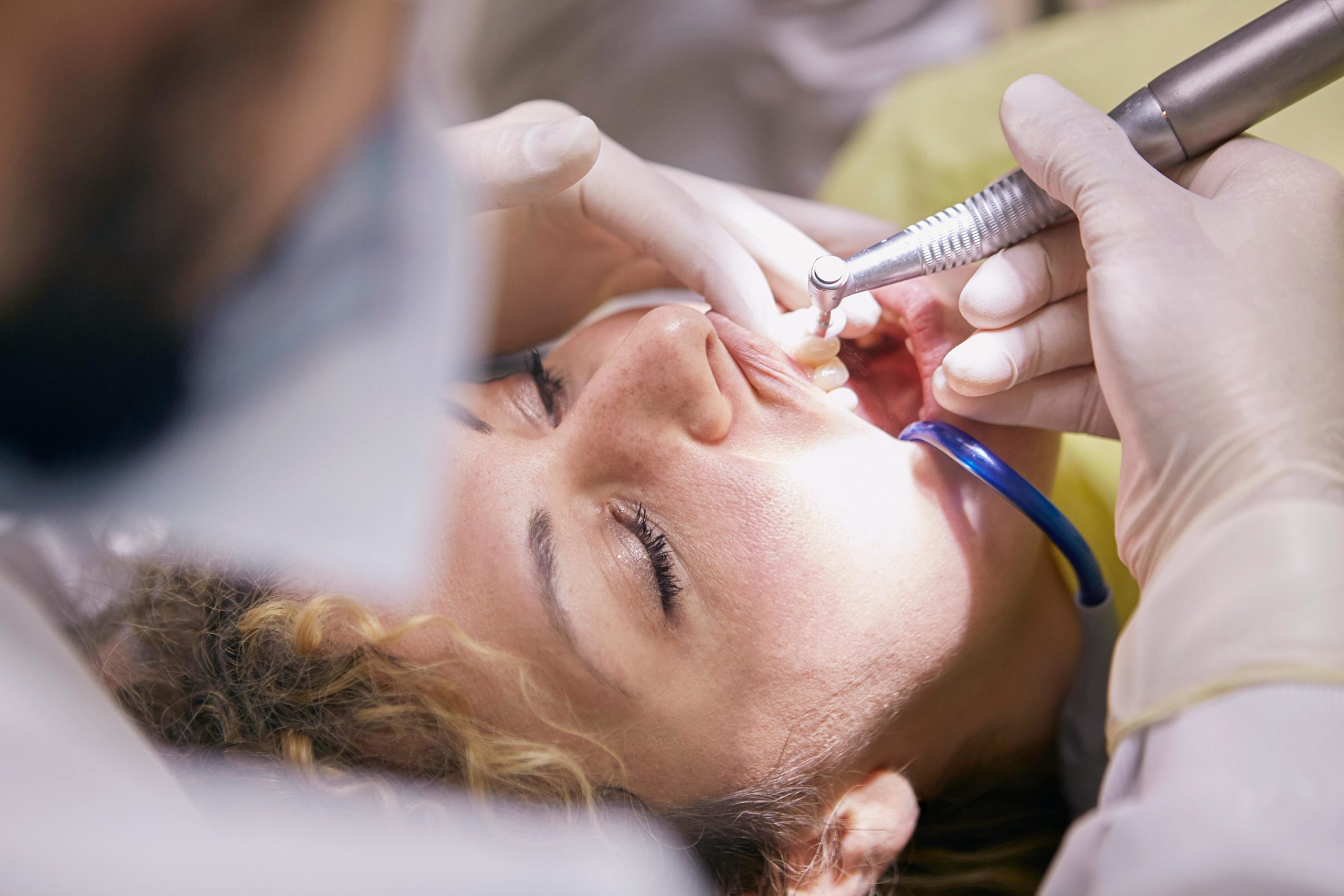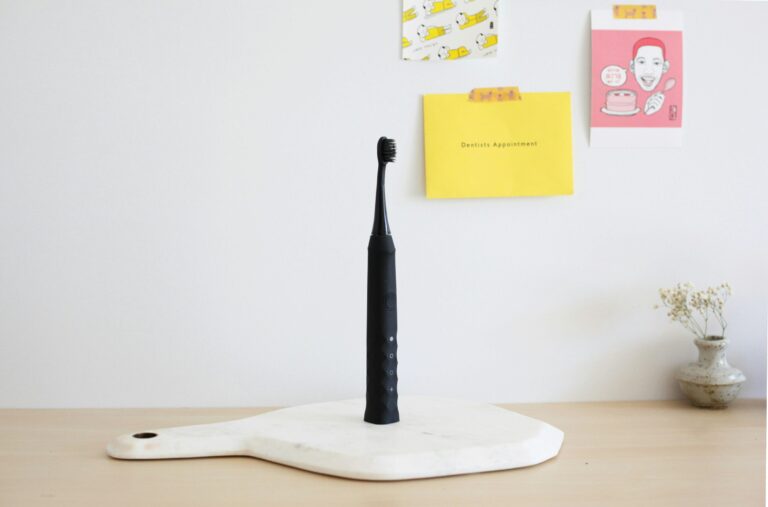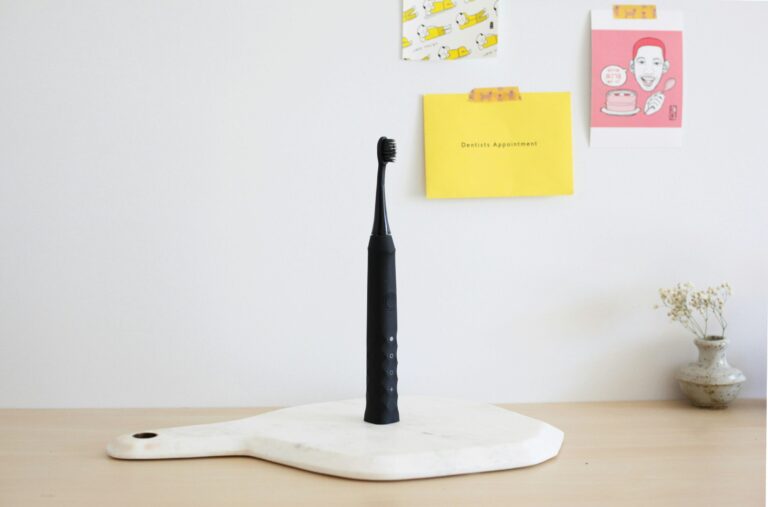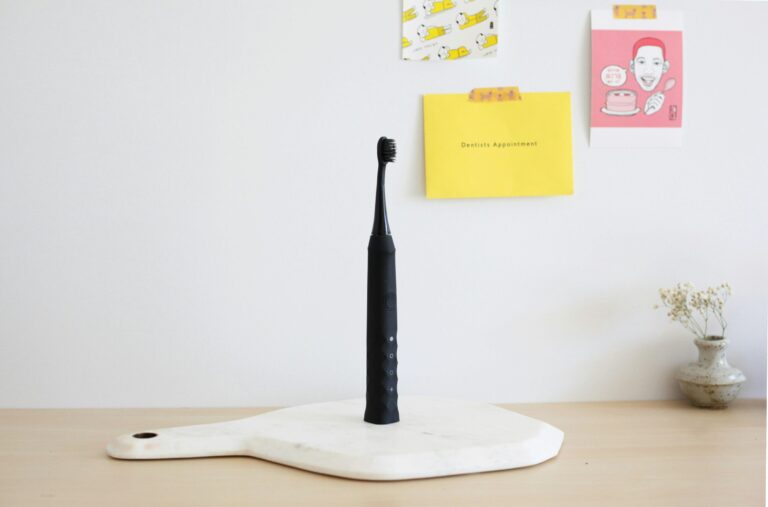In an age where environmental consciousness is paramount, industries across the board are making strides toward sustainability, and the field of cosmetic dentistry is no exception.
Traditionally, dentistry has been associated with plastic waste, harmful chemicals, and energy-intensive practices. However, with growing awareness of environmental issues, many dental practices are adopting sustainable initiatives to minimize their ecological footprint.
In this article, we’ll explore seven sustainable practices that are shaping the future of cosmetic dentistry, highlighting their benefits for both patients and the planet.
1. Biodegradable Dental Materials
The use of biodegradable dental materials is one of the most significant advancements in sustainable dentistry. Traditionally, dental procedures have relied on materials like plastic, amalgam, and composite resins, which can take hundreds of years to decompose and pose environmental hazards.
However, modern advancements have led to the development of biodegradable alternatives made from natural materials like bamboo, cellulose, and bioplastics.
These biodegradable materials offer comparable performance to their traditional counterparts while significantly reducing environmental impact.
They decompose more quickly after disposal, minimizing the accumulation of non-biodegradable waste in landfills and oceans. Additionally, biodegradable dental materials are often free from harmful chemicals like BPA, promoting both environmental and human health.
2. Digital Dentistry
Digital dentistry is revolutionizing the way dental procedures are performed, offering numerous benefits for both patients and the environment.
By utilizing advanced imaging technologies like intraoral scanners and 3D printers, dentists can create highly accurate digital models of patients’ teeth, eliminating the need for traditional impression materials that generate waste and may contain harmful chemicals.
Digital dentistry also reduces energy consumption and carbon emissions associated with traditional manufacturing processes. By eliminating the need for physical models, dental laboratories can reduce their reliance on energy-intensive equipment and transportation, further reducing their environmental footprint.
3. Energy-Efficient Dental Practices
Energy-efficient dental practices are another essential aspect of sustainable dentistry. Many dental offices consume large amounts of energy for lighting, heating, cooling, and equipment operation, contributing to greenhouse gas emissions and environmental degradation.
However, by implementing energy-efficient technologies and practices, dental practices can significantly reduce their energy consumption and environmental impact.
Switching to energy-efficient lighting fixtures, appliances, and HVAC systems can result in substantial energy savings and lower utility bills. Additionally, investing in renewable energy sources like solar panels can further reduce reliance on fossil fuels and decrease carbon emissions. By prioritizing energy efficiency, dental practices can minimize their environmental footprint while also reducing operating costs.
4. Minimally Invasive Procedures
Minimally invasive procedures are becoming increasingly popular in cosmetic dentistry, offering patients a more conservative approach to treatment while also promoting sustainability.
Unlike traditional invasive procedures that require extensive tooth reduction and removal of healthy tissue, minimally invasive techniques preserve as much natural tooth structure as possible, resulting in less waste and shorter recovery times.
By minimizing the amount of material removed and the resources consumed during treatment, minimally invasive procedures reduce environmental impact while still achieving excellent aesthetic results.
Additionally, preserving natural tooth structure promotes long-term oral health and reduces the need for future interventions, further contributing to sustainability.
5. Eco-Friendly Office Practices
Many dental offices are adopting eco-friendly practices to reduce waste, conserve resources, and promote sustainability. Simple changes like switching to electronic patient records, using digital communication tools, and implementing recycling programs can make a significant difference in reducing environmental impact.
By minimizing paper usage, reducing water consumption, and properly disposing of hazardous materials, dental offices can lower their carbon footprint and set an example for sustainable business practices.
Additionally, educating staff and patients about the importance of environmental conservation can foster a culture of sustainability within the practice and inspire positive change in the community.
6. Water Conservation Initiatives
Water conservation is a critical aspect of sustainable dentistry, as dental procedures can consume large amounts of water. From rinsing and irrigation to equipment sterilization and cleaning, water plays a vital role in maintaining proper hygiene and infection control in dental practices. However, excessive water usage can strain local water supplies and contribute to environmental degradation.
To address this issue, many dental offices are implementing water conservation initiatives to reduce water waste and promote sustainability.
Simple measures like installing low-flow faucets and toilets, using water-efficient dental equipment, and recycling wastewater can significantly decrease water consumption and environmental impact without compromising patient care.
7. Green Building Design
Green building design is an emerging trend in dental office construction, focusing on energy efficiency, resource conservation, and environmental sustainability.
By incorporating eco-friendly materials, energy-efficient systems, and sustainable building practices, green dental offices can minimize their environmental footprint and create healthier, more comfortable spaces for patients and staff.
From passive solar design and natural lighting to green roofs and rainwater harvesting systems, green dental offices prioritize sustainability at every stage of the construction process.
These environmentally conscious design features not only reduce energy consumption and operating costs but also contribute to a healthier indoor environment and a more sustainable future for generations to come.
Conclusion
As environmental concerns continue to rise, the cosmetic dentistry industry is embracing sustainability with innovative practices that benefit both patients and the planet. From biodegradable materials and digital dentistry to energy-efficient technologies and eco-friendly office practices, dental professionals are leading the way toward a greener, more sustainable future.
FAQs
Q1: Are biodegradable dental materials as durable as traditional materials?
Yes, many biodegradable dental materials offer comparable performance to traditional materials like plastic and composite resins. Advances in material science have led to the development of biodegradable alternatives that are durable, long-lasting, and environmentally friendly.
Q2: How can I find a cosmetic dentist who prioritizes sustainability?
You can find a cosmetic dentist who prioritizes sustainability by researching dental practices in your area and asking about their environmental initiatives and practices. Look for dentists who use biodegradable materials, practice energy efficiency, and promote eco-friendly office practices.
Q3: Are minimally invasive procedures more expensive than traditional procedures?
Minimally invasive procedures may not necessarily be more expensive than traditional procedures. While the initial cost of treatment may vary depending on the complexity of the case and the materials used, minimally invasive techniques can often result in cost savings over time by preserving natural tooth structure and reducing the need for future interventions.
Q4: How can I reduce my environmental impact as a dental patient?
As a dental patient, you can reduce your environmental impact by choosing a dentist who prioritizes sustainability, avoiding single-use plastic products like disposable toothbrushes and floss picks, and practicing good oral hygiene habits to minimize the need for invasive dental procedures.
Q5: What are some other ways cosmetic dentistry practices can promote sustainability?
In addition to the practices mentioned in this article, cosmetic dentistry practices can promote sustainability by participating in community clean-up efforts, supporting environmental organizations, and advocating for policies that protect the planet. By taking a holistic approach to sustainability, dental practices can make a positive impact on the environment and inspire others to do the same.



